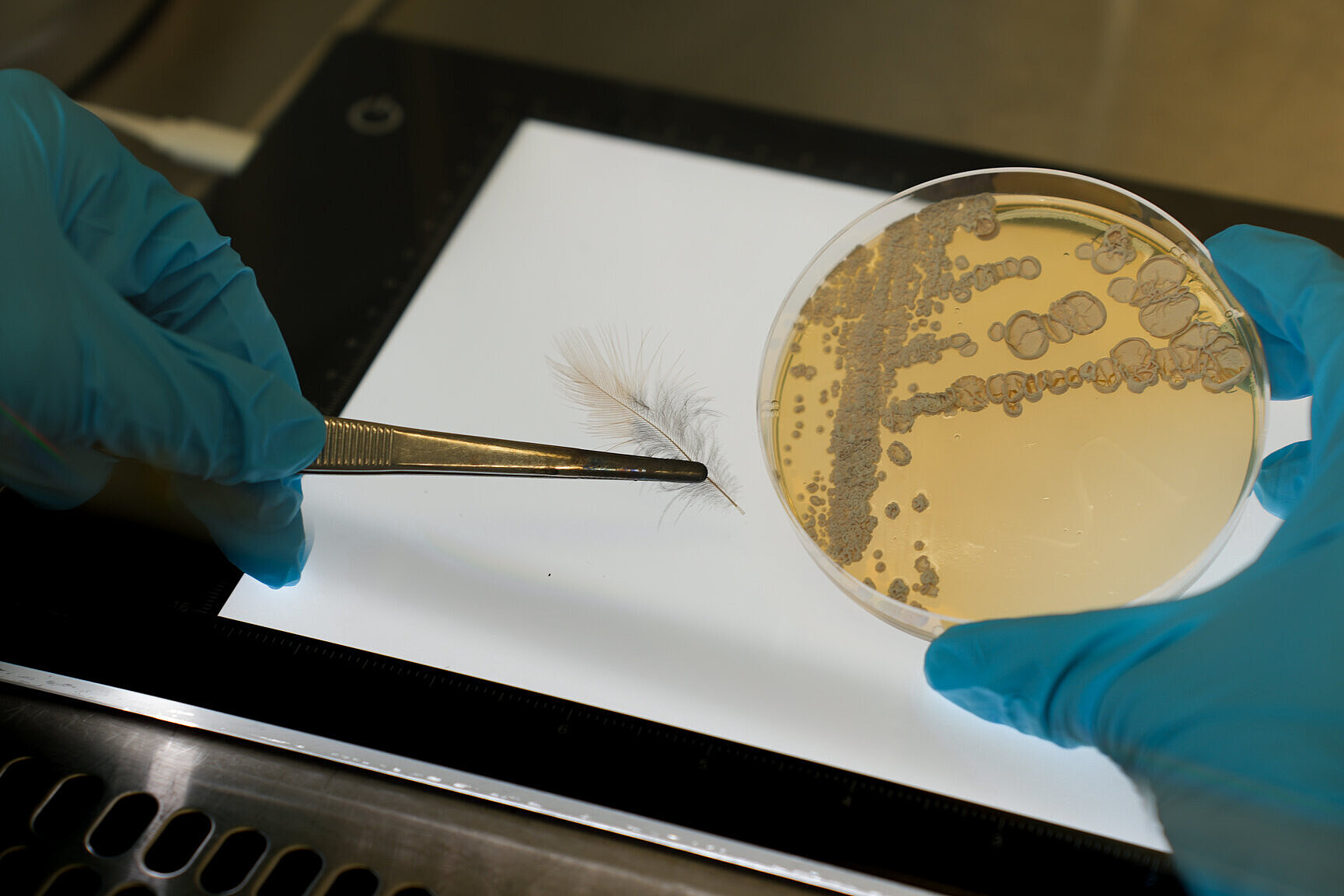In 2024, the World Health Organization updated its list of bacterial pathogens that can develop resistance to antibiotics to include E. coli, A. baumannii, and Pseudomonas aeruginosa, among others. Despite the need for new antibiotics that target these priority pathogens, scientists do not have many candidates in (pre-)clinical development. One potential resistance-breaking compound is called darobactin, a naturally produced antibiotic first discovered in a bacterium by researchers in the US in 2019. Darobactin binds to an essential protein in bacterial cells and eventually causes their death. Previously, Rolf Müller, Jennifer Herrmann and colleagues identified that genetically engineered versions of darobactins have superior antibacterial activity. Specifically, a non-natural darobactin derivative (D22) inhibited growth of all critical pathogens mentioned above in lab assays.
For this new study, a larger team led by Müller and Herrmann tested the engineered compound against several priority bacterial infections in animals. First, in zebrafish embryos, D22 treatment cleared A. baumannii infection as effectively as ciprofloxacin, a broad-spectrum antibiotic used for complicated infections. Then they conducted a series of efficacy and dosing trials with mice:
- Best delivery method: Observations indicated that administering D22 as an injection was more effective than oral administration.
- Efficacy against P. aeruginosa: Repeated doses of D22 substantially limited P. aeruginosa bacterial growth in mice (thigh tissue infection) but didn’t fully clear the infection.
- Multi-dose experiments against E. coli: Administering D22 four times in 25 hours fully cleared E. coli in a severe infection model of peritonitis. Very good activity was also observed for single doses. Twice-daily D22 injections over three days significantly reduced bacterial presence in a complicated E. coli urinary tract infection, although not as effectively as the antibiotic gentamicin, which reduced bacterial loads below detection.
These results show how D22 can inhibit critical infections and highlights the compound’s promise for further development towards future clinical trials as “an innovative solution to fight antimicrobial resistance,” say the researchers.
The authors acknowledge funding from the Impuls- und Vernetzungsfonds of the Helmholtz Association (Impulse and Networking Fund).
Some of the authors are employees of Evotec, a biotechnology company involved in drug discovery and development.





